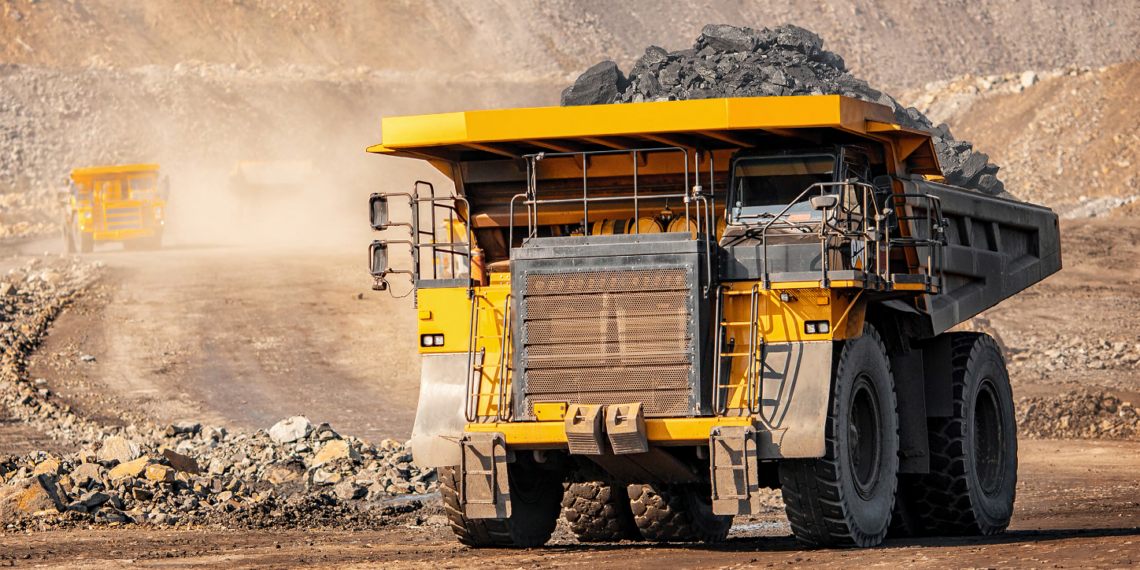Australia is a major global powerhouse in the mining of critical minerals such as lithium, nickel, and copper, and it now wants to ensure it can add value to its natural resource riches.
In a recent visit to Western Australia (WA), the world’s leading producer of lithium, Prime Minister Anthony Albanese said Australia now needs to take the next step with its critical minerals riches.
“We have nickel, lithium, cobalt, and other critical minerals in abundance, particularly in WA,” he said.
“By 2030, there’s going to be potentially 50 new lithium mines, 60 new nickel mines, and 17 new cobalt mines just to meet projected global battery demand.”
“Australia has the natural advantages to make this happen. We can be a global provider of choice in the resources, research, and expertise that will drive the world to net zero.”
“My government is a great supporter of the resources sector. And we see the opportunities which are there across all these facilities. We’re looking at industries that will grow with the shift to clean energy. The opportunity that we have for lithium, not just to be mined here, but to be turned into batteries right here in WA.”
“What we need to do is to continue to export our resources, but where we can, value add using technology and using innovation. Australia has always been so good at science and innovation. What we haven’t always been good at is commercializing those opportunities,” Albanese added.
“WA has benefited traditionally from iron ore, gold, and from the resources that have made such a difference up to now. And it’ll continue to play a role. But the fact that WA has critical minerals going forward is going to ensure that this great state continues to drive our national economy.”
The prime minister said two elements which passed through the national parliament in late March are part of its plan to develop a battery industry.
“The first is the National Reconstruction Fund. A$15B to make sure that we manufacture more things here, for value adding in areas like critical minerals, in areas like the resources sector, in areas like information technology, in new industries going forward.”
“What that A$15B will do is facilitate private sector investment, support startups, support that capital which is needed to take a small company with a really good idea and make it a large company.”
“Here in WA, we have an enormous opportunity to produce batteries. We know that the electric vehicle transformation is occurring. But we know that batteries will charge not just motor vehicles, but also to ensure that storage occurs with renewable energy as well. It’s the sort of innovation that we need. We have a vehicle to support that.”
Lithium leader
Australia took the mantle of the world’s leading lithium producer several years ago and, judging on the latest figures, it doesn’t look like it will be handing over the title anytime soon.
According to the Federal Department of Industry’s latest quarterly report, Australia’s annual lithium exports are forecast to approach A$19B this year.
Production from lithium hydroxide refineries is forecast to build steadily over the outlook period. A strong rise in spodumene prices saw Australia’s export revenue surge from A$1.2B in 2020–21, to a record A$5.3B in 2021–22 (in real terms), and is expected to contribute to a more than tripling of export earnings in 2022–23 to an estimated A$18.6B.
Prices are expected to moderate from the record highs over the outlook period. Australia’s total lithium exports are forecast to remain stable in 2023–24 at A$18.6B (in real terms) as higher volumes offset falling prices.
Exports are then expected to fall to about A$12B in the following two years. Exports are expected to recover to A$19B (in real terms) by 2027-28.
By 2030, there’s going to be potentially 50 new lithium mines, 60 new nickel mines, and 17 new cobalt mines just to meet projected global battery demand
The report predicts that while much of the forecast growth in exports over the next two years will be price-driven, Australia’s production capacity is also expected to grow strongly.
Annual average growth of over 12% a year is forecast, which will see production rise from 333,000t of lithium carbonate equivalent (LCE) in 2021–22, to 431,000t in 2022–23, and 661,000t in 2027–28. Export volumes of spodumene concentrate are forecast to rise from 2.2Mt in 2021–22, to 4.5Mt in 2027–28.
The government studies suggest that Australian businesses are expected to continue their expansion into higher value-added activities over a five-year outlook period. Potential avenues include moves up the battery value chain, from mining and refining into precursor chemicals for cathodes, electrolyte production, battery anode plants, battery cell research, and battery manufacturing.
Australia’s critical minerals pipeline valued at A$10B
A report from consultancy Climate Energy Finance finds that Australia and New Zealand have a more than A$10B pipeline of investment proposals in resource value-adding critical minerals, including lithium, nickel, cobalt, vanadium, rare earth elements (REEs), hydrogen electrolysers, green ammonia, and value-added downstream battery developments.
The report said Australia will be a critical minerals superpower.
However, it suggested that supply chain security and clearer resource ownership means Australia should be leveraging the country’s new competitive advantages to lead the global energy transition.
Australian think tank, Clean Energy Finance, has also mapped out the nation’s opportunity to lead the world in minerals mining, renewables-powered onshore refining, and pre-export manufacturing. It notes that Australia is at the start of a “globally significant, once in a century, clean energy-led, investment boom.”
It says the growing global focus on energy transition plays to Australia’s competitive advantages in firmed renewables and value-added critical minerals at a global scale.












